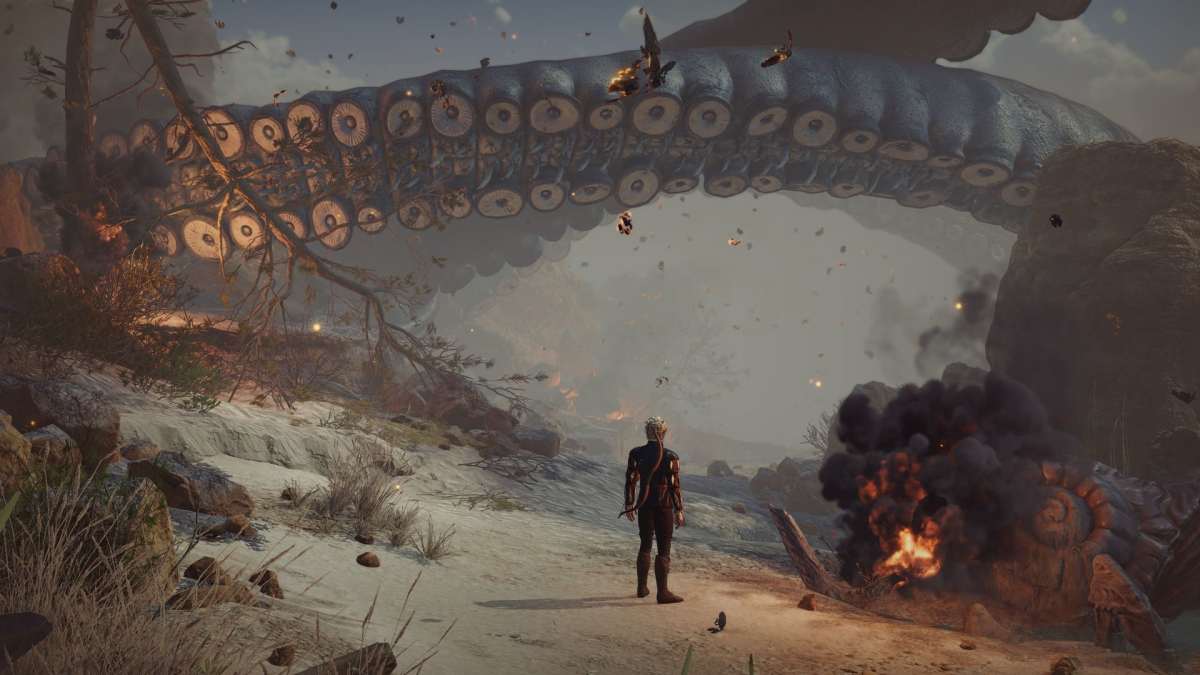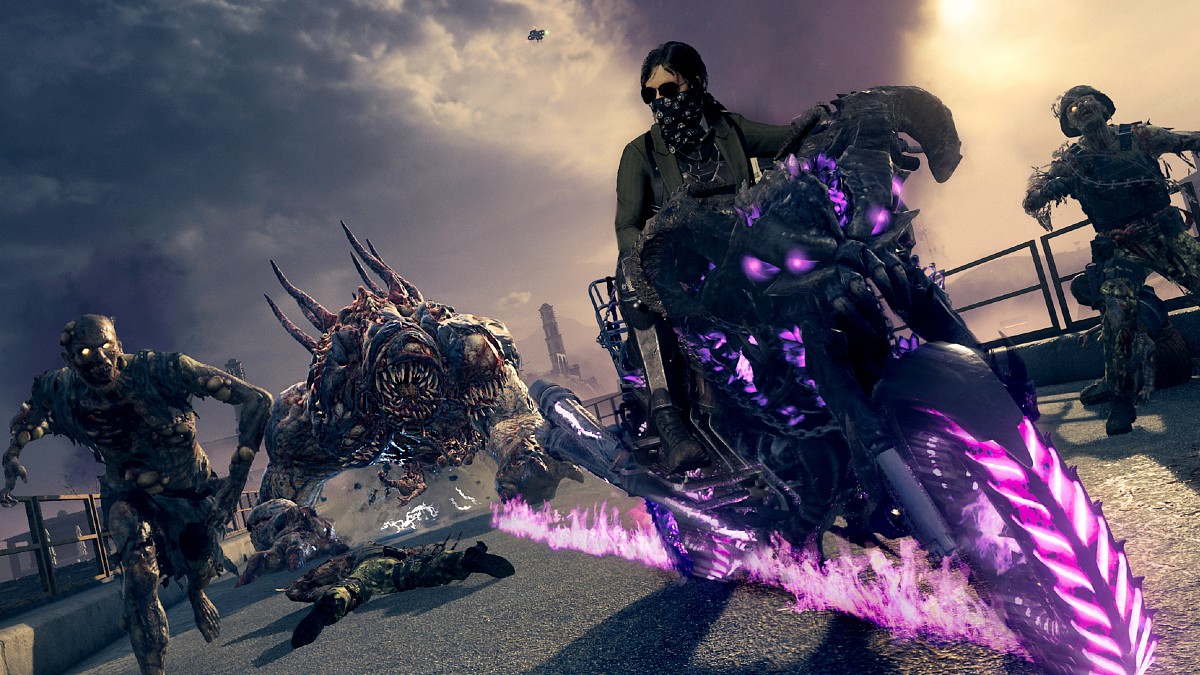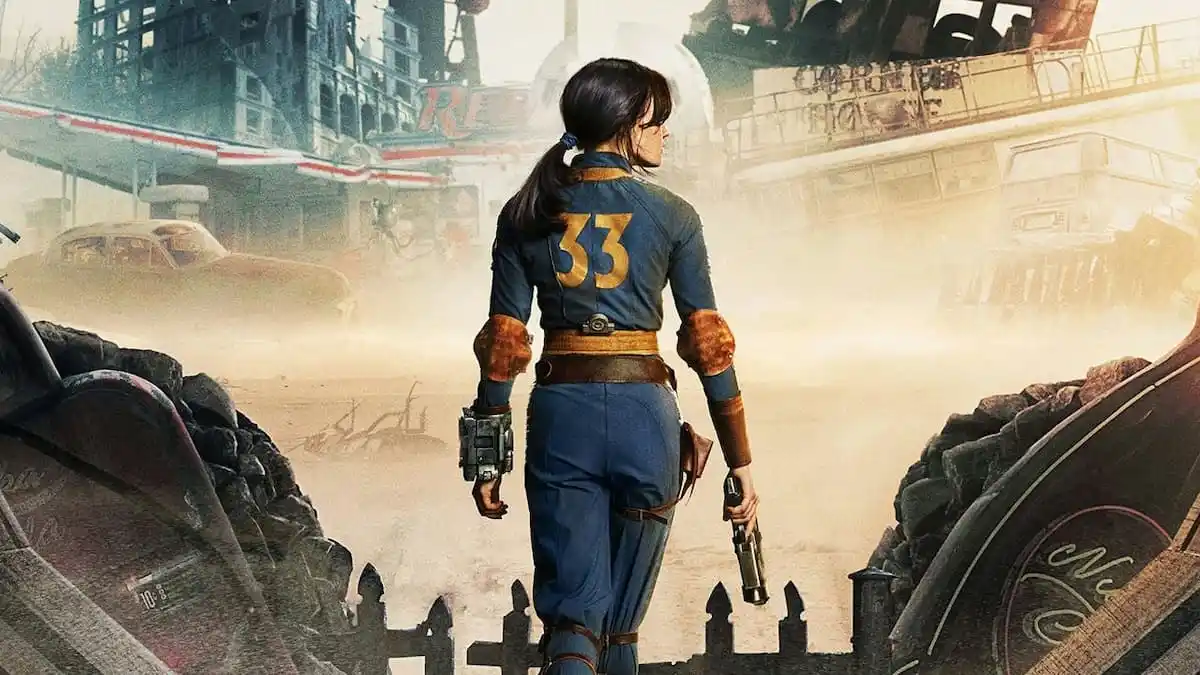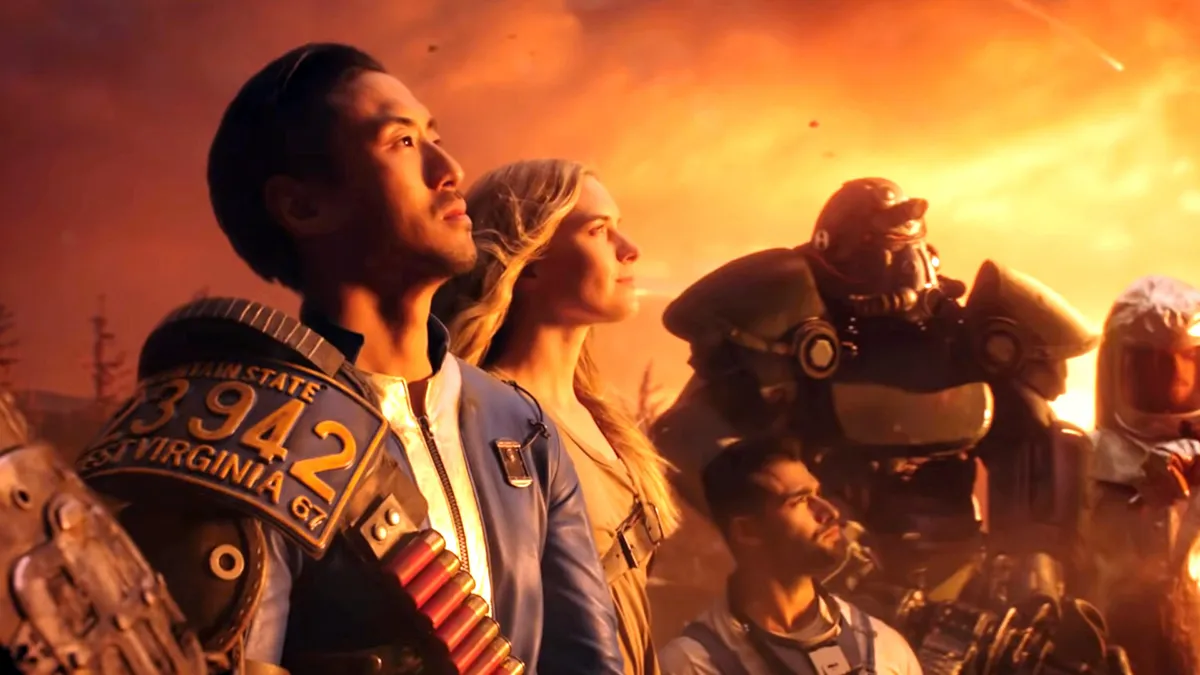In late 2013, InXile Entertainment ran a backer-only poll for its then-upcoming crowdfunded tactical RPG, Torment: Tides of Numenera. The poll addressed whether the combat system should be turn-based, like the original Fallout games, or real-time with pause, like Baldur’s Gate.
The final result was a nearly even split — 48% turn-based to 47% RTwP — with over 14,000 voters, along with some heated discussions and commentary. Ultimately InXile decided to go with a turn-based combat system, and half the fanbase wasn’t happy.
At the time, both systems offered benefits. But after years of playing Pillars of Eternity 1 and 2, the Shadowrun trilogy, and the Divinity: Original Sin series, the advantages of turn-based combat for tactical RPGs have become more pronounced, and it’s a good thing that Baldur’s Gate III is following suit.
The real-time-with-pause combat system was once the hallmark of the golden age of late ‘90s and early 2000s computer RPGs, including Baldur’s Gate, Icewind Dale, and Planescape: Torment. Baldur’s Gate 2: Shadows of Amn, which celebrates its 20th anniversary this year, remains one of the most important and well-regarded tactical RPGs in history.
Baldur’s Gate is based on the Dungeons and Dragons tabletop rules — which is entirely turn-based when it comes to combat. One of the most famous sayings from tabletop D&D is “roll for initiative,” which puts every player, monster, and NPC into turn order based on a die roll. From there everyone takes turns moving, casting spells, tackling enemies, and firing arrows using a limited amount of movement and actions. It’s highly tactical and (ideally) full of teamwork, coordination, and memorable moments.
Why didn’t D&D RPGs like Baldur’s Gate and Neverwinter Nights use turn-based combat? Real-time with pause was invented for video games. More action-oriented RPGs like Diablo were gaining in popularity during the same time, where players could run through dungeons and mow through hordes of enemies as quickly as possible, stopping long enough only to pick up loot. Such click-fest combat can be tactically satisfying — and exponentially more enjoyable with friends.
But when controlling a full party of characters, a la Baldur’s Gate, Neverwinter Nights 2, or Dragon Age: Origins, the resulting compromise is an awkward hybrid of watching characters and enemies cycle through their turns in real time and constantly pausing to assess the situation and dig through spellbooks and quickbars.
Real-time with pause is the worst of both worlds. The action is stilted and awkward compared to true real-time action combat, and we don’t get the benefit of turn order and action points to prepare and execute our brilliant tactical plans.
The Dragon Age series is probably the best example of modern real-time-with-pause RPGs. By the second game you could program each party member with an extensive series of if-then parameters, letting combat play out in real time with minimal micromanagement. For someone who enjoys directly controlling each party member, it was imminently disappointing.
Then along came Larian Studios with Divinity: Original Sin. Divinity: Original Sin, and especially its incredible sequel, solved one of the biggest problems with turn-based combat in huge RPGs: Trash mob encounters aren’t satisfying and last far too long.
A “trash mob encounter” is one in which a victorious outcome is all but guaranteed and requires minimal input from the player. These encounters are meant to chip away at your limited resources, like health. In real-time with pause, you can let these encounters play out mostly in real time with minimal micromanagement, but with turn-based combat you need to go through every character’s turn, which can be tedious.

The solution is to stop trying to be like Diablo. Go back to the tabletop roots and make every encounter meaningful. Combat with a handful of enemies in Dungeons & Dragons can easily last an hour, and a live DM can make sure every fight is balanced and interesting. Some can be easier or harder than others. It can be fun for higher-level players to beat up on an easy group of goblins. But there are far fewer combat encounters in tabletop D&D than in video games. In fact, Neverwinter Nights awards only 10% of each monster’s experience in the video game compared to tabletop D&D, because you can (and will) fight that many more enemies.
The Divinity: Original Sin games practically eliminate trash mob encounters. Every fight is a rewarding challenge of hazardous terrain, vicious AI, and balanced packs of enemies that include beefy tanks, ranged damage dealers, and irksome spellcasters.
Never once did I wish the action was in real time. I needed all the time and information to teleport my necromancer out of danger, shoot a fire arrow at a patch of oil, and sneak my rogue around to the back of the enemy line. Compare this to Pillars of Eternity 2, which released a major post-launch turn-based combat mode. Although the turn-based mode is definitely better, (Obsidian also wised up.) the RPG clearly wasn’t balanced around turn-based combat, leaving many instances of mind-numbingly easy battles that last too long.
The big challenge for Larian Studios will be adapting its successful turn-based combat system with the equally successful D&D 5th Edition rules. As a long-time fan of tactical RPGs from Baldur’s Gate to Divinity, I’m confident that turn-based combat is not only the right decision for Baldur’s Gate III, but it’s the primary system we should use for future tactical RPGs.




